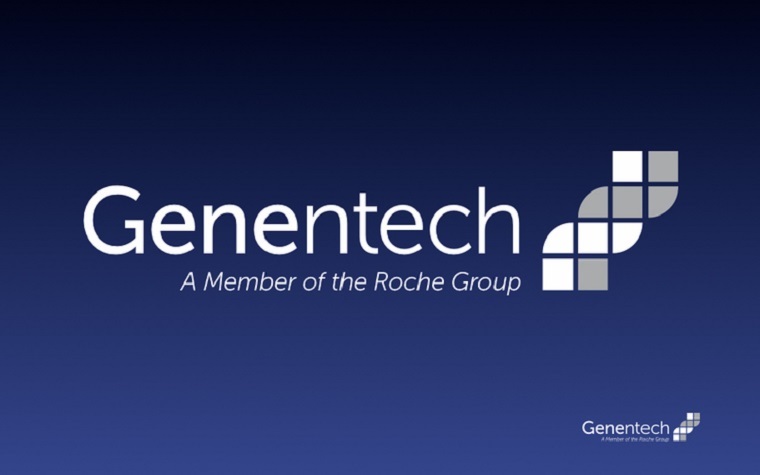Genentech, Inc issued the following announcement on May 14.
Genentech, a member of the Roche Group (SIX: RO, ROG; OTCQX: RHHBY), announced today that the U.S. Food and Drug Administration (FDA) has approved the subcutaneous (SC) formulation of Actemra® (tocilizumab) for the treatment of active polyarticular juvenile idiopathic arthritis (PJIA) in patients two years of age and older. Actemra can be given alone or in combination with methotrexate (MTX) in patients with PJIA. In 2013, FDA approved the intravenous (IV) formulation of Actemra for patients two years of age and older with active PJIA.
PJIA is a form of juvenile idiopathic arthritis (JIA), a chronic disease of childhood.1 JIA affects approximately 100 in every 100,000 children,2 of which PJIA accounts for around 30 percent.3 PJIA is characterized by inflammation in five or more joints within the first six months of the disease and most commonly affects the small joints in the body such as the hands and feet.
"Polyarticular juvenile idiopathic arthritis is a rare, often painful disease in children," said Sandra Horning, M.D., chief medical officer and head of Global Product Development. "With this approval, we are pleased Actemra offers an alternative delivery option to physicians and parents of children aged two or older to treat this debilitating disease."
The approval is based on data from the JIGSAW-117 study, a 52-week, open-label, multicenter, phase 1b pharmacokinetic (PK)/pharmacodynamic (PD) bridging study designed to determine the appropriate dosing regimen of Actemra SC across a range of body weights (BWs) in children with PJIA.4 The study enrolled 52 patients aged one to 17 years with PJIA and previous inadequate response or intolerance to methotrexate who were either Actemra naive or were receiving Actemra IV with adequate disease control. Actemra SC was administered open label according to a body weight (BW)–based dosing regimen: PJIA patients weighing <30 kg received 162 mg of Actemra every three weeks and PJIA patients weighing ≥30 kg received 162 mg of Actemra every two weeks for 52 weeks. Model-computed PK and PD parameters, and safety were assessed.
In general, the safety observed for Actemra administered subcutaneously was consistent with the known safety profile of Actemra IV, with the exception of injection site reactions (ISRs) and neutropenia (low white blood cell count). A higher frequency of ISRs was observed in Actemra SC treated PJIA patients compared to patients treated with Actemra SC for other approved indications. During the duration of the one-year study, a frequency of 28.8% (15/52) ISRs was observed in Actemra SC treated PJIA patients. All ISRs reported were mild in severity, and none of the ISRs required patient withdrawal from treatment or dose interruption. During routine laboratory monitoring in Actemra SC treated PJIA patients, a decrease in neutrophil counts below 1 × 109 per L occurred in 15.4% of patients, and was more frequently observed in the patients less than 30 kg (25.9%) compared to patients at or above 30 kg (4.0%). Neutrophils are a type of white blood cell.
The efficacy of Actemra SC in children two to 17 years of ages is based on PK exposure and extrapolation of established efficacy of Actemra IV in PJIA patients and Actemra SC in patients with RA.
Original source can be found here.








 Alerts Sign-up
Alerts Sign-up